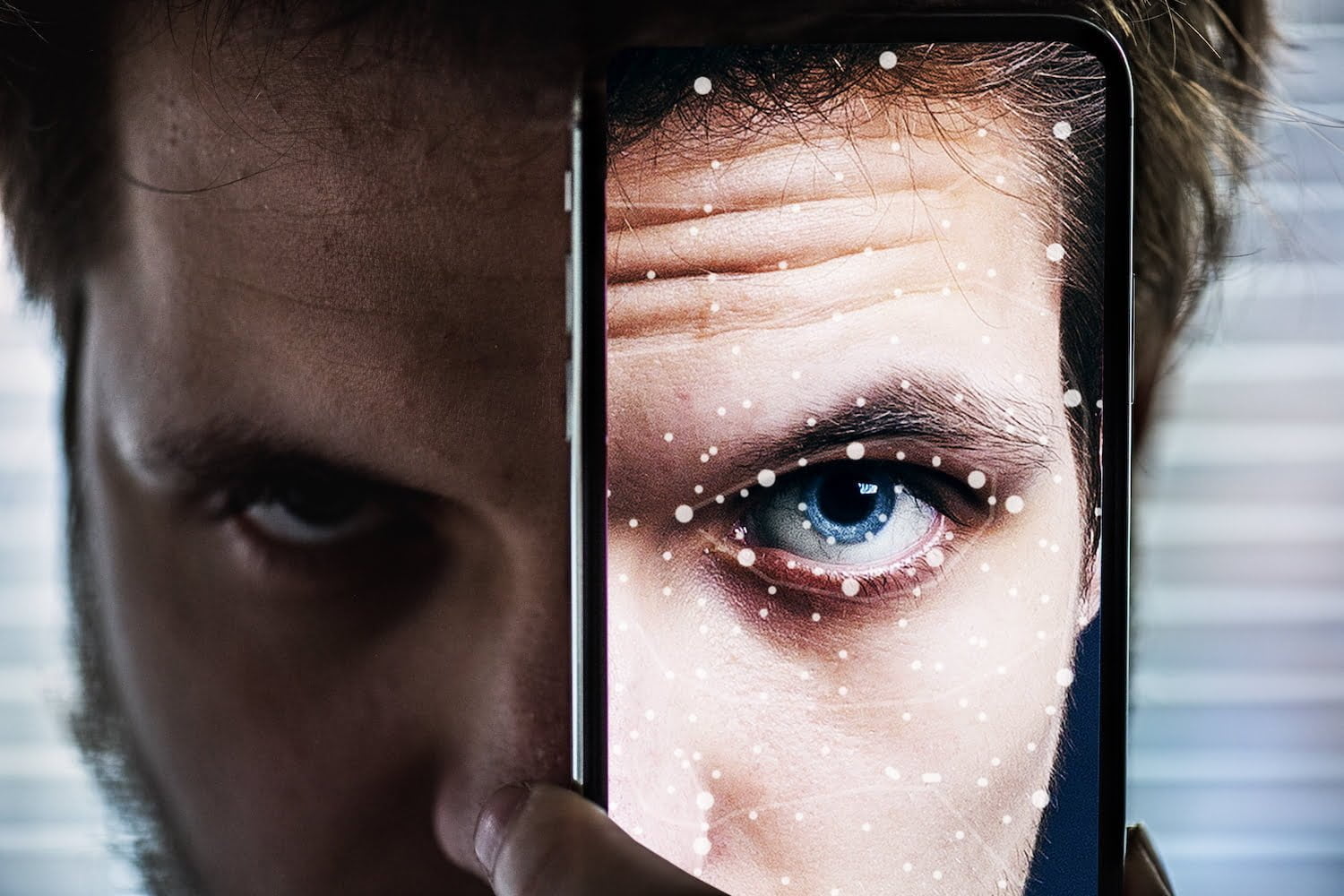Liveness Detection: The Key to Secure Authentication
Introduction
In the world of digital security, liveness detection has emerged as a crucial component in the battle against identity fraud and unauthorized access. This article delves into the concept of liveness detection, also known as “anti-spoofing,” and its significance in ensuring secure authentication processes. By understanding the principles and applications of liveness detection, businesses and individuals can enhance their security measures and protect sensitive information from malicious actors.
What is Liveness Detection?
Liveness detection refers to the process of verifying the “liveness” or authenticity of a biometric trait, such as a face, fingerprint, or voice, to determine whether it belongs to a live person or an artificial replica. The goal of liveness detection is to distinguish between genuine human traits and fraudulent attempts, such as presenting a photograph, video, or 3D model as a means of deceit.
The Need for Liveness Detection
Traditional authentication methods that rely solely on static biometric data, such as fingerprints or facial scans, are susceptible to spoofing attacks. For instance, a fraudster may use a high-resolution photograph or a silicone mask to deceive the system. Liveness detection addresses this vulnerability by requiring users to provide dynamic proof of their presence, ensuring that the biometric trait being captured is from a live person.
How Liveness Detection Works
Liveness detection leverages advanced technologies and algorithms to analyze and validate the authenticity of biometric traits. The following are some common techniques used in liveness detection:
1. Motion Analysis
Motion analysis involves tracking and examining the movement patterns of the user during the authentication process. By assessing factors such as eye movement, head rotation, or facial gestures, liveness detection algorithms can identify subtle cues that distinguish a live person from an artificial replica.
2. Texture Analysis
Texture analysis focuses on analyzing the unique micro-texture patterns on the surface of the skin to determine its authenticity. Genuine skin exhibits distinct properties that can be detected using specialized sensors or image processing algorithms, while replicas lack these intricate details.
3. Thermal Imaging
Thermal imaging captures the infrared radiation emitted by the human body, enabling the detection of temperature variations associated with live skin. By comparing the heat signature of a biometric trait with the expected thermal patterns, liveness detection algorithms can identify potential spoofing attempts.
Applications of Liveness Detection
Liveness detection finds its applications in various sectors where secure authentication is paramount. Here are a few notable examples:
1. Mobile Device Security
Liveness detection is widely utilized in mobile devices for unlocking screens, authorizing transactions, and accessing sensitive applications. By incorporating liveness detection mechanisms, mobile devices can ensure that only the legitimate owner can unlock the device or perform sensitive operations, safeguarding against unauthorized access.
2. Financial Services
In the realm of financial services, liveness detection plays a crucial role in preventing identity theft, account takeovers, and fraudulent transactions. By verifying the liveness of users during authentication processes, financial institutions can enhance the security of online banking, payment platforms, and other digital financial services.
3. Border Control and Travel Security
Liveness detection technologies are employed at border control checkpoints to verify the identities of travelers and detect potential identity fraud. By integrating liveness detection into passport control systems or automated kiosks, immigration authorities can enhance the accuracy of identity verification, ensuring the integrity of border security measures.
The Future of Liveness Detection
As technology continues to evolve, so does the sophistication of identity fraud techniques. To stay ahead of malicious actors, liveness detection must evolve as well. Future advancements may involve the integration of artificial intelligence, machine learning, and behavioral analysis to provide even more robust authentication solutions.
Conclusion
Liveness detection is a vital component of secure authentication processes, enabling the verification of live biometric traits and safeguarding against fraudulent attempts. By leveraging advanced technologies and algorithms, businesses and individuals can enhance their security measures and protect sensitive information from unauthorized access. As the digital landscape evolves, embracing liveness detection will become increasingly important in mitigating the risks associated with identity fraud and ensuring secure online interactions.
Contact us today and schedule a demo.


